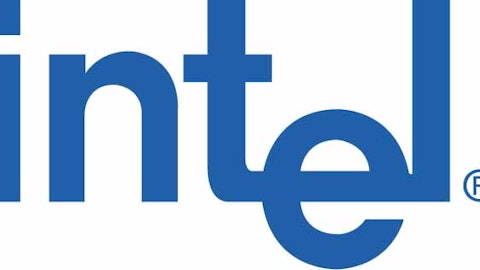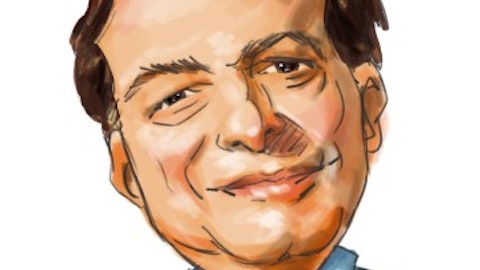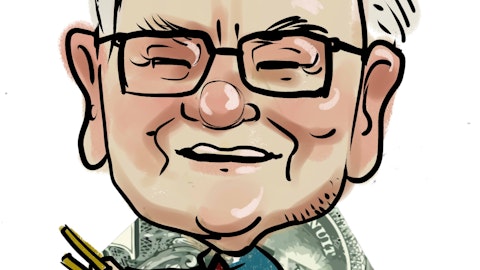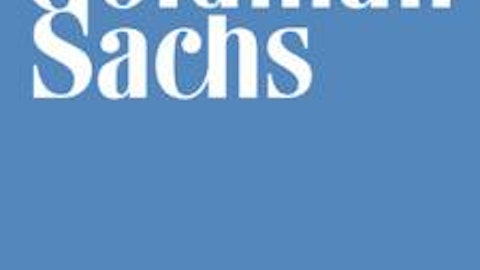
But, don’t get your hopes up. The Eurozone is still on shaky ground. The recent Cyprus fiascoconfirmed the uncertainty that darkens Europe’s future forcing European officials to push the panic button. According to IMF, European banks need to clean up their balance sheets and improve the supply of credit for corporations. Otherwise, “the global financial crisis could morph into a more chronic phase.”
The need for progress
Over the past couple of years, banks in the single currency zone have gone through the wringer, struggling to shape up their balance sheets. While several regulatory reforms, such as an increase in capital ratios, brought in positive results, the repair job is only half-way completed. The plot below demonstrates the rankings of major banking systems based on loss-absorption capacity, asset quality, profitability, and reliance on wholesale funding. The closer a banking system is to the center, the more adjustment it still needs to undertake:

Source: Global Financial Stability Report, IMF
Things aren’t looking good at all, especially for banks in the weakest euro-area economies,including Greece, Italy, Spain, and Portugal. Even some of the biggest and comparablyhealthiest banks that operate within this group of countries are feeling the pinch of elevated funding costs, poor asset quality, and ominously weak profitability.
For instance, over the past three years, Spain-based Banco Santander, S.A. (NYSE:SAN), Eurozone’s largest bank by market capitalization, witnessed a gigantic decline in attributable profits. During 2011, the bank saw its profits plunge by roughly 35% on a year-over-year basis.The next year, net profits more than halved, slashed by enhanced provisions for real estate risk.In 2012, Santander wrote off more than $25 billion on bad loans and property assets in Spain. Even after excluding these mandatory charges, the bank’s net profit squeezed by 25%.
In order to strengthen its balance sheet, it had to ditch its Colombian businesses, sell 8% of its Chilean unit, and flood the market with shares of its Mexican subsidiary. Santander reports earnings on April 25 expecting something good to come out of its write-offs. The Spanish lenderhas taken huge steps to improve its liquidity. Since 2008, it has reduced its loan-to-deposit (LTD) ratio from an eye-popping 150% to 113%. But, still, do you want to bet on a bank that hasan LTD ratio greater than 100%? I don’t.
On the other hand, the biggest cross Deutsche Bank AG (NYSE:DB) has to bear – as well as most of the core euro area banks – is to reduce its reliance on wholesale funding and get rid of risk-weighted assets. Under the new regulations (Basel III), banks all over the world are forced to keep larger financial buffers against losses in the wake of the recent global financial crisis. For Deutsche Bank AG (NYSE:DB), this means that by the end of 2019, it will have to reach a Core Tier 1 capital ratio of 9.5% of its loans, investments, and other risky assets. As of the end of 2012, this ratio stood at 8%.
At the moment, Europe’s biggest bank by assets is in the middle of a transformation process aiming to meet the new capital adequacy requirements. So far, this process has been quite a thorn in its flesh. For the last three months of 2012, the bank experienced its worst quarterly loss in almost four years. That was partly the result of accounting losses for the collapsed value of businesses it had acquired before 2003. On top of that, Deutsche Bank AG (NYSE:DB) is facing lawsuits over the manipulation of the London inter-bank offered rate interest benchmark — a rate used to price trillions of dollars in financial contracts.
At the end of 2012, its net income looked meager compared to 2011 crushed byenormous litigation expenses and sell-offs. As a result, Standard and Poor put the bank’s A+ rating on watch on the basis of poor earnings visibility.
Who is paying the price?
European corporations are decimated by liquidity shortage. On top of the depressed demand conditions, the banks’ reluctance to give the small and medium-sized enterprise sector a breath of fresh air is causing it to starve. IMF’s estimations suggest that as much as 20% of bonds and loans issued by European corporations are “unsustainable” while credit supply has contracted by 5% since the outbreak of the crisis. Portugese companies appear to be the most heavily indebted with their debt amounting to almost 50% of their assets. The chart below is worth a thousand words:

Source: Global Financial Stability Report, IMF
So, what does this mean? Major European companies will need to continue clamping down ondividends, capital expenditures, and general expenses if they wish to exit risk territory. Acompany that first comes to mind is French-based Alcatel Lucent SA (NYSE:ALU). The stock has been hovering around the $2 mark for quite some time now while the once prominent provider of mobile and broadband networking services has been struggling to turn things around.
Over the past couple of years, it has been applying a cost-reduction program aiming to survive from a failed merger and a sluggish economic environment. A glimmer of hope appeared on the horizon a couple of months ago, when it sealed a $2.1 billion debt refinancing deal with Credit Suisse Group AG (NYSE:CS) and Goldman Sachs Group, Inc. (NYSE:GS). This deal provided the struggling telecom-equipment maker with extra time and flexibility to continue its much needed restructuring process. Alcatel-Lucent reports first quarter of 2013 earnings on Friday. Analysts average estimations suggest a bottom-line loss of $0.14 per share.
The Foolish bottom line
Cyprus’ bailout fiasco – under which there will be heavy losses on bank deposits of more than €100,000 – was a wake-up call for European decision makers. Europe has to deal with the fragility of its banking sector once and for all.
From where I stand, it appears as if there is no end to Europe’s mayhem. Private debt overhang needs to be reduced to complement the clean-up of bank balance sheets. But without a solid banking system capable of triggering a pick-up in domestic demand by increasing credit supply, how do you expect European companies to live up to their role?
The article A Health Check on the Global Financial System: Can Europe Get Out of Its Jam? originally appeared on Fool.com.
Copyright © 1995 – 2013 The Motley Fool, LLC. All rights reserved. The Motley Fool has a disclosure policy.



